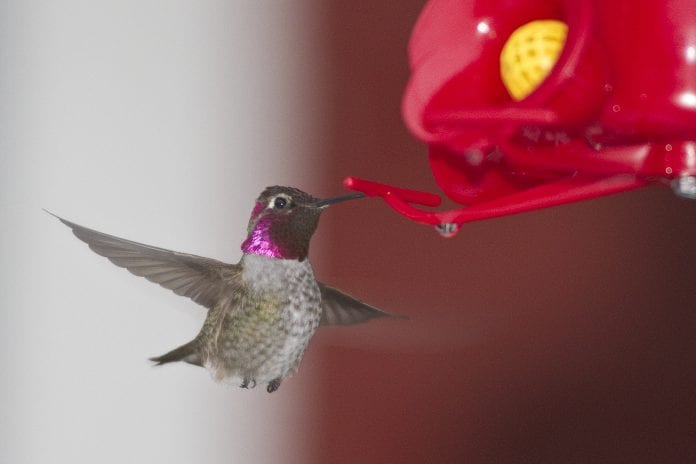
Every winter birders, scientists and citizens across the Western Hemisphere team up for the nation’s longest running citizen science bird project — the Christmas Bird Count.
In Cordova it has been a tradition since 1971, when renowned local birder Pete Isleib established the Cordova circle, a 15-mile wide area for the local census. For the first few years Isleib did the whole count by himself, observing, recording and compiling results for multiple routes including an on-water route. Another local birder, Pete Mickelson, joined Isleib in 1973 and more people followed.
Over the years various people have compiled Cordova’s count, but for the last 10-plus years Milo Burcham of the Prince William Sound Audubon (Cordova) has been organizing and compiling results.
Nationally, the Christmas Bird Count has been going on for well over 100 years.
It began on Christmas day in 1900 with ornithologist Frank M. Chapman. The count was a conservationist’s version of a traditional Christmas ‘side hunt,’ a competition in which hunters would team up to try to get the biggest pile of dead birds and animals of any kind. At the time conservation was in its beginning stages and increasing numbers of people were becoming concerned about declining bird populations. The first count, which tallied about 90 species from 25 places in the U.S. and Canada, set the ball rolling for a new Christmas tradition that has withstood the test of time. Last year over 2,500 counts took place from Alaska to the tip of South America.
The modern Christmas Bird Count runs from Dec. 14 to Jan. 5, with local count circles selecting their actual date. On count day participants tally every bird they see within the count circle in 24 hours. In addition to the seven routes that Burcham organizes, various ‘feeder watchers’ tally avian visitors at their home feeders. For three days before and after ‘count day’ counters are on the lookout for rare species to add to the list. When it’s all said and done Burcham compiles the results and submits them to the National Audubon Society’s database.
The value of the data from the Christmas Bird Count is in trends that are detected after many years of participation. Differences in weather and the number or experience level of participants can cause numbers to vary from year to year.
“It’s science, but it’s not rocket science” Burcham said. It is, nonetheless, a valuable dataset for scientists both locally and internationally. Researchers like Mary Anne Bishop of the Prince William Sound Science Center use the data from the Christmas Bird Count and other citizen science datasets like eBird to plan research projects. On a national level the data has been used in various reports on climate change and declining bird species by the Audubon Society, Environmental Protection Agency, U.S. Fish and Wildlife Service and the North American Bird Conservation Initiative.
For most, the count is about more than numbers.
There is a lighthearted competitiveness between the teams, each one vying for the highest species count or to be the first to see a rare bird. Burcham makes a point of pairing new participants up with more experienced birders for learning opportunities and leaves time for socializing at the route assignment meeting and end-of-day potluck. Citizens and birders have a chance to mix and mingle with scientists like Mary Anne Bishop. The Christmas Bird Count is not only a way for people to add to a century of data, it is a way to learn about our ecosystem, a gateway to birding and an enjoyable way to spend a Saturday.














